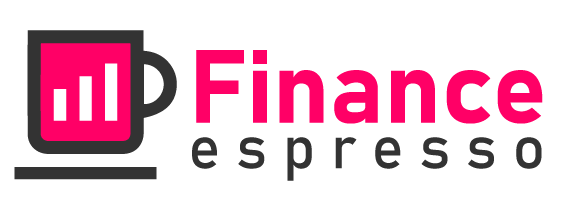Everything You Need to Know About Home Loans for Homeownership
Becoming a homeowner for the first time is an exciting milestone, but it also comes with a great deal of responsibility. One major factor to consider is funding—how you can secure enough money to purchase a home. Home loans are a powerful resource which can help you achieve your goal of homeownership if you understand all of the details and know how to choose one that best suits your needs.
Types of Home Loans
When it comes to choosing a home loan, there are two main types to consider: conventional and government-backed.
Conventional Loans
A conventional loan is one that’s not backed by a government program. These loans have fixed or adjustable rates and tend to have higher credit score requirements. Conventional loans may require you to purchase private mortgage insurance, or PMI, if you can’t make a down payment of at least 20%. These loans may also require you to pay closing costs.
Government-backed Loans
A government-backed loan, on the other hand, is backed by the Federal Housing Administration (FHA), Veteran’s Affairs (VA), or the U.S. Department of Agriculture (USDA). These loans often have more favorable terms than conventional loans, such as lower down payments, lower interest rates, and lower credit score requirements. However, government-backed loans may come with more stringent borrower requirements, such as limited or restricted income.
The Process of Getting a Home Loan
Once you’ve chosen the type of loan best suited to your finances, the process of securing a loan begins. As part of the loan application, you’ll need to provide detailed financial documents, such as bank statements, tax returns, and pay stubs, and answer questions about your credit history and employment status. After submitting your application, lenders may also request an appraisal of the home before agreeing to the loan.
Factors to Consider When Choosing a Home Loan
When choosing a home loan, there are a few key factors to consider. Be sure to evaluate each of these factors to ensure you end up with the best financial option for your budget.
- Interest rate: Interest rates can vary significantly, so make sure to compare the rates offered by different lenders to get the best deal.
- Down payment: The higher the down payment you’re able to make, the less you’ll need to borrow and the smaller your monthly loan payments will be.
- Length of loan: Most mortgages are long-term accomplishments with a 15- or 30-year term. A shorter loan term may come with a higher interest rate, but most of your payments will go toward the loan, saving you money in the long run.
- Fees: Be sure to look into any associated fees or closing costs associated with the loan, and ask for an itemized list of any necessary expenses.
Now that you know what to look for in a home loan, it’s time to start exploring your options. With the right research and planning, you can find the loan that suits your needs and make homeownership a reality. Good luck!

